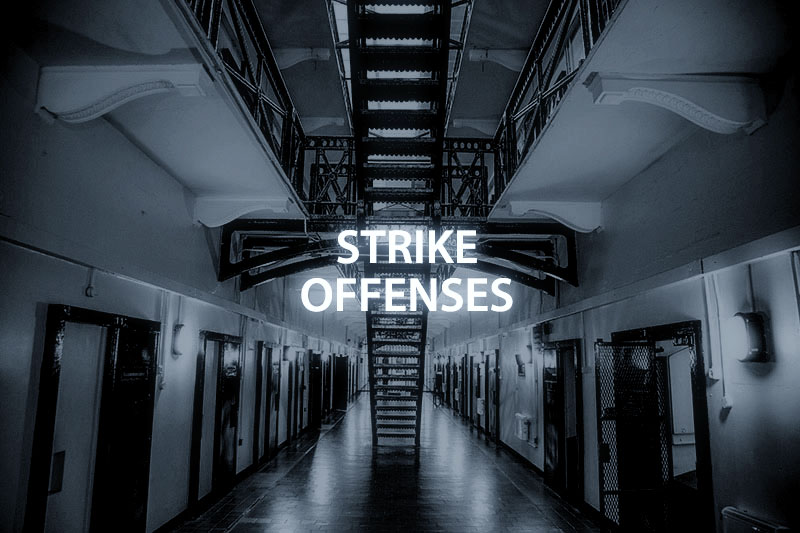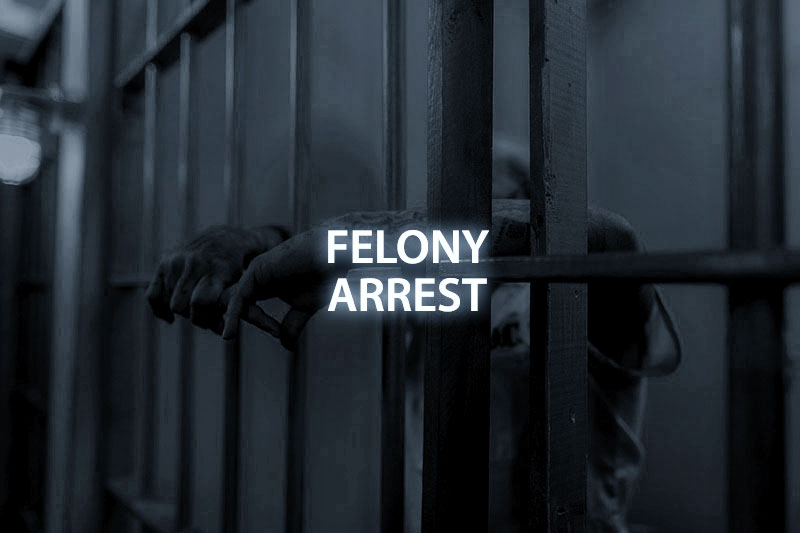California's Three Strikes Law reflects a period of “tough-on-crime” policy that has led to extremely punitive consequences for repeat offenders. While the law's intent is to prevent recidivism and protect the public from violent criminals, it can also engender disproportionately harsh penalties for individuals whose criminal behavior does not reflect the severity anticipated by the law's drafters.
The Three Strikes law in California serves as a stringent legal mechanism intended to deter repeat offenders from committing serious crimes. It highlights the gravity of obtaining a "strike" on one's criminal record, which can lead to severe implications for future offenses, even those that might seem minor. The law's evolution, particularly with the reforms introduced by Proposition 36, reflects ongoing debates about justice, fairness, and the best ways to ensure public safety while avoiding disproportionate penalties. Understanding these nuances is essential for any Californian, helping navigate the complexities of legal consequences in the state.
The Three Strikes law in California underscores the critical importance of understanding how crimes are classified and the long-term consequences of criminal convictions. Seemingly minor offenses can lead to disproportionately severe punishments if they constitute a third strike, manifesting in extended, if not life-long, sentences. Awareness and appropriate legal counsel are crucial for those navigating the potential pitfalls of this stringent legislative framework. For individuals, especially those with prior convictions, even minor legal transgressions demand careful attention and proactive legal defense to mitigate the potentially drastic implications of the Three Strikes law.
The determination of what constitutes a strike offense in California is a complex matter, a balance between the literal interpretation of the law and the unique particulars of each case. Offenses that appear less severe on the surface can still bear the weight of the Three Strikes law's severe penalties. While Proposition 36 brought more clarity and fairness to this equation, the line between a strike and a non-strike offense remains nuanced, demanding careful consideration and adept legal navigation.


